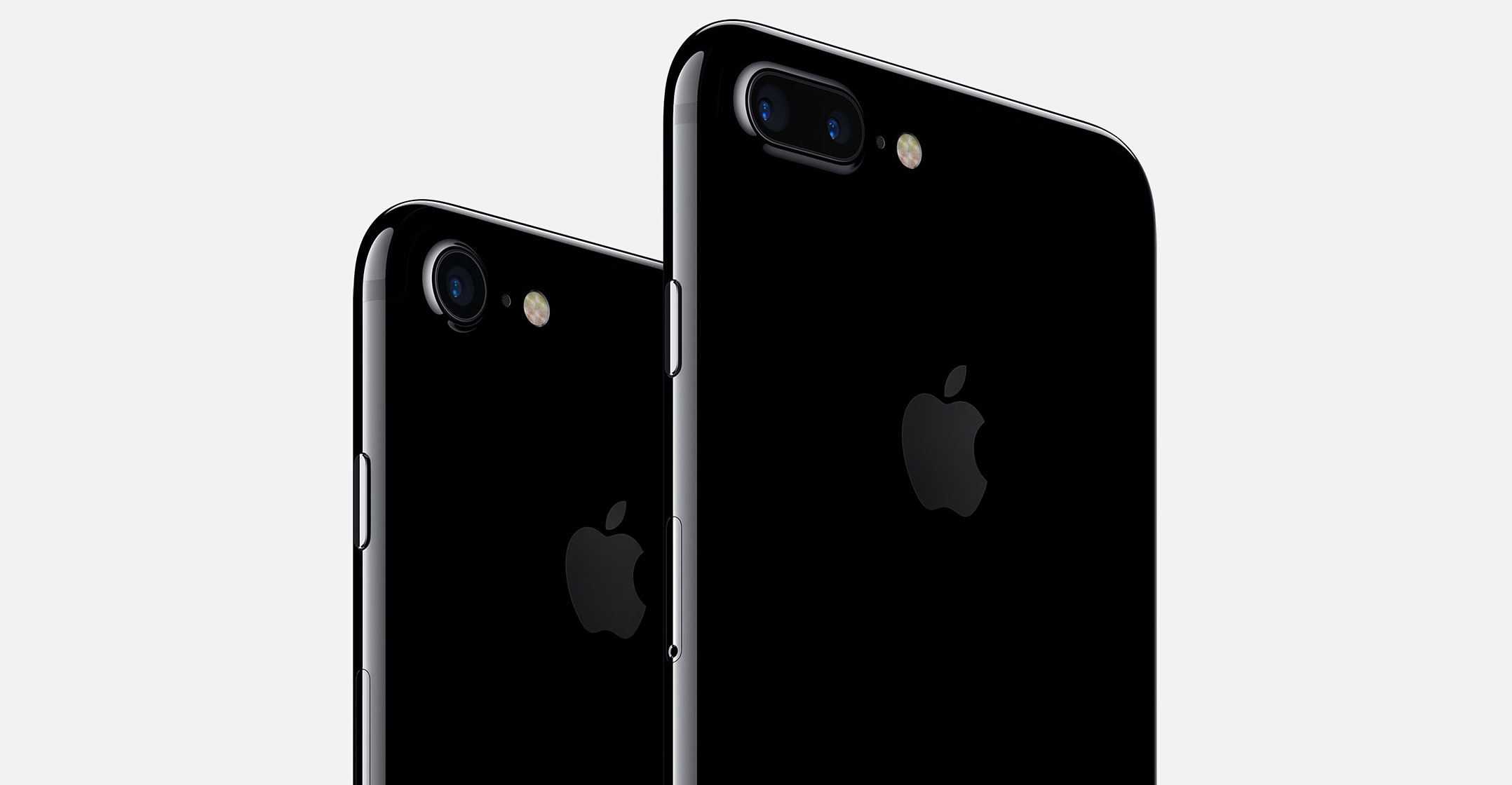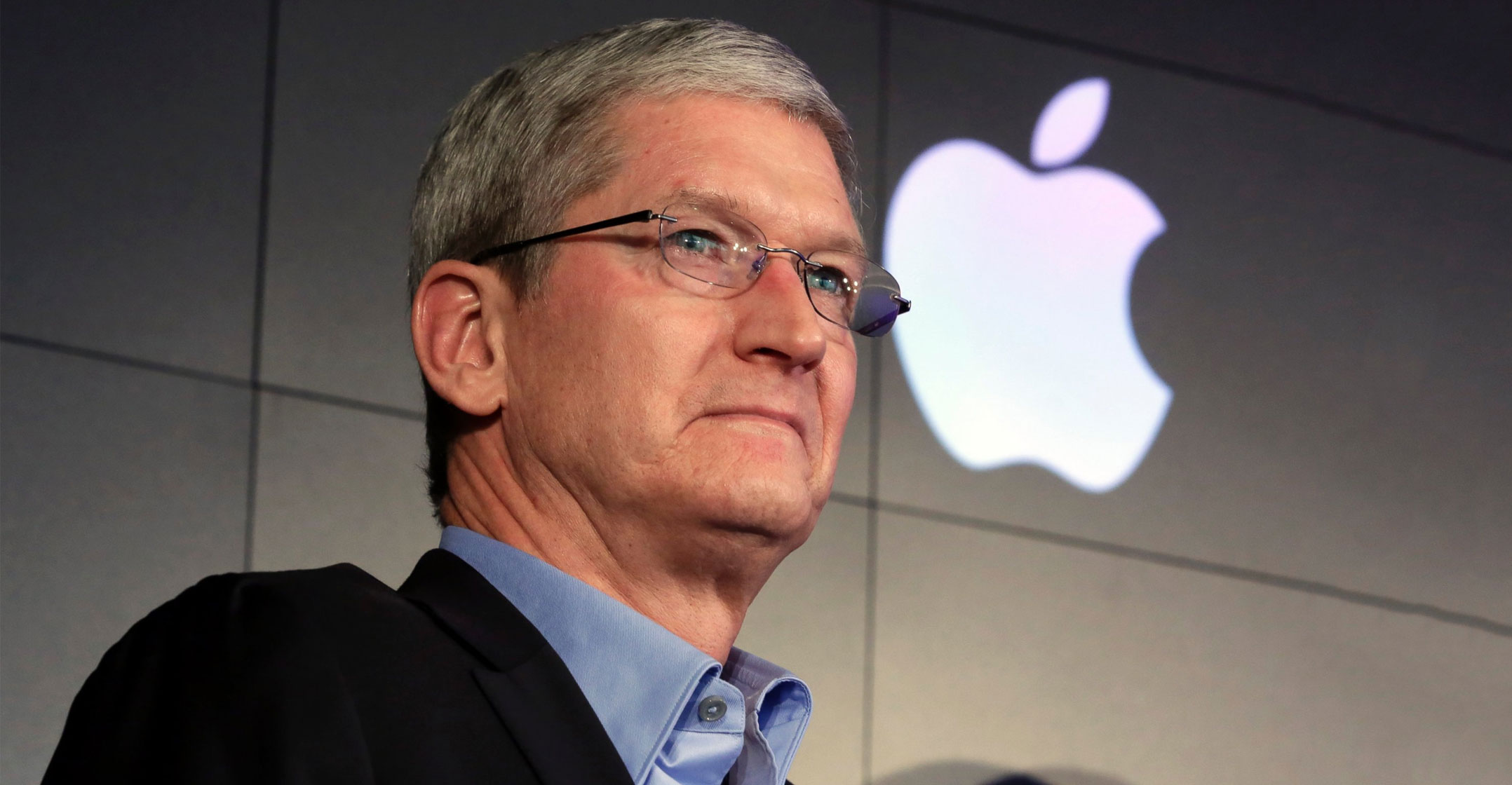
Apple gave a revenue forecast that highlighted resilient demand for the iPhone ahead of the launch of its new models and the growing significance of the company’s supporting businesses.
New iPhones typically go on sale in mid- to late September, which produces a few weeks of revenue that are included in the company’s fiscal fourth quarter results. Some analysts had reduced their estimates on concern the new high-end iPhone may be delayed, but Apple’s projections on Tuesday — and increasing sales of other products and services — calmed those fears.
Revenue will be US$49bn to $52bn in the three months through to September, the Cupertino, California-based company said in a statement. Analysts had predicted $49.1bn.
“We’ve put everything we know into coming up with the guidance,” CEO Tim Cook said. “We really like what we see for the beginning of the back-to-school season.”
The company sold just more than 41m iPhones in the quarter ended 1 July, a 1.6% increase from a year earlier and generally in line with analysts’ estimates.
Fiscal third quarter revenue rose 7.2% to $45.4bn compared with the average projection of $44.9bn. Every product category grew, driven by services such as the App Store. Apple even sold 15% more iPads, a product that seemed out of fashion not that long ago.
Apple’s shares jumped more than 6% in extended trading after closing at $150.05 in New York. That put the stock on course to open at a record on Wednesday. Shares have climbed about 30% this year.
“There is some relief from the fear of a significant pause before the 10th anniversary iPhone refresh,” said Michael Obuchowski, chief investment officer at Merlin Capital in Boston, which holds Apple stock. “I’m beginning to think it won’t matter if the new iPhones aren’t that exciting.”
Three new iPhones
Apple is likely to introduce three new handsets this year: a revamped top model, known for now as the iPhone 8, and upgrades to the existing iPhone 7 and iPhone 7 Plus, people familiar with the plans have said. The high-end iPhone will include an organic light-emitting diode screen, and inadequate OLED supplies mean that it will not be as readily available as the cheaper handsets at launch, the people said.
Cook said reporting about the new versions of the iPhone “has created a pause” in consumer buying “that is likely larger than previously”.

Apple’s stock has soared on expectations that the new high-end smartphone, which will also include a front-facing 3D sensor to enable facial recognition, will spur a resurgence in demand that will carry into the holiday quarter and beyond. Sales growth of the company’s flagship product has slowed over the past two years as the market has become increasingly saturated and competitors have offered cheaper products with similar capabilities.
Slowing smartphone sales have prompted Apple to invest more heavily in developing new technologies. It’s working on smart glasses, an autonomous driving system, improved health and fitness offerings, and its own semiconductor technology. Research and development spending jumped 15% to $2.9bn in the most recent quarter.
Apple unveiled the early fruits of its spending on augmented reality technology in June, releasing a set of tools which let developers build AR software for the iPhone and iPad when the next operating system for those devices is rolled out later this year. Cook has over the past 18 months repeatedly said how excited he is about the prospects for AR.
Cook is preparing to release Apple’s first new hardware category since 2015. The HomePod, the smart speaker that will go on sale in December, is the company’s response to Amazon.com’s Echo and Google’s Home speakers. The company is hoping that advanced acoustic capabilities will encourage consumers to pay $349 for the device — almost three times as much as the Google Home.
The speaker will also serve as a bulwark in users’ homes to deliver more revenue from services.
App Store
“The App Store continued to be a major driver of the performance and we couldn’t be happier with how the services business is growing,” Cook said.
Sales in Greater China, which includes Hong Kong and Taiwan as well as the mainland, fell 9.5% from a year earlier to $8bn. The biggest decline came in Hong Kong. Excluding currency effects, sales on the mainland were unchanged, Cook said in an interview.
“The results were very encouraging,” he said. “We were down to having an issue solely in Hong Kong.” — Reported by Alex Webb, (c) 2017 Bloomberg LP




